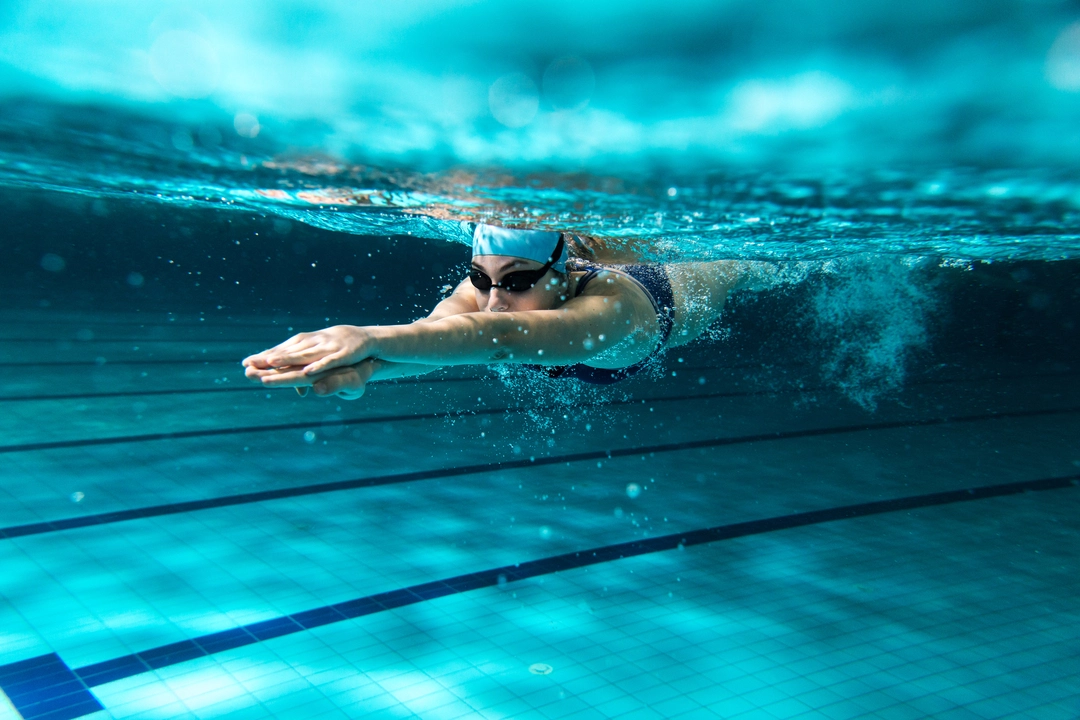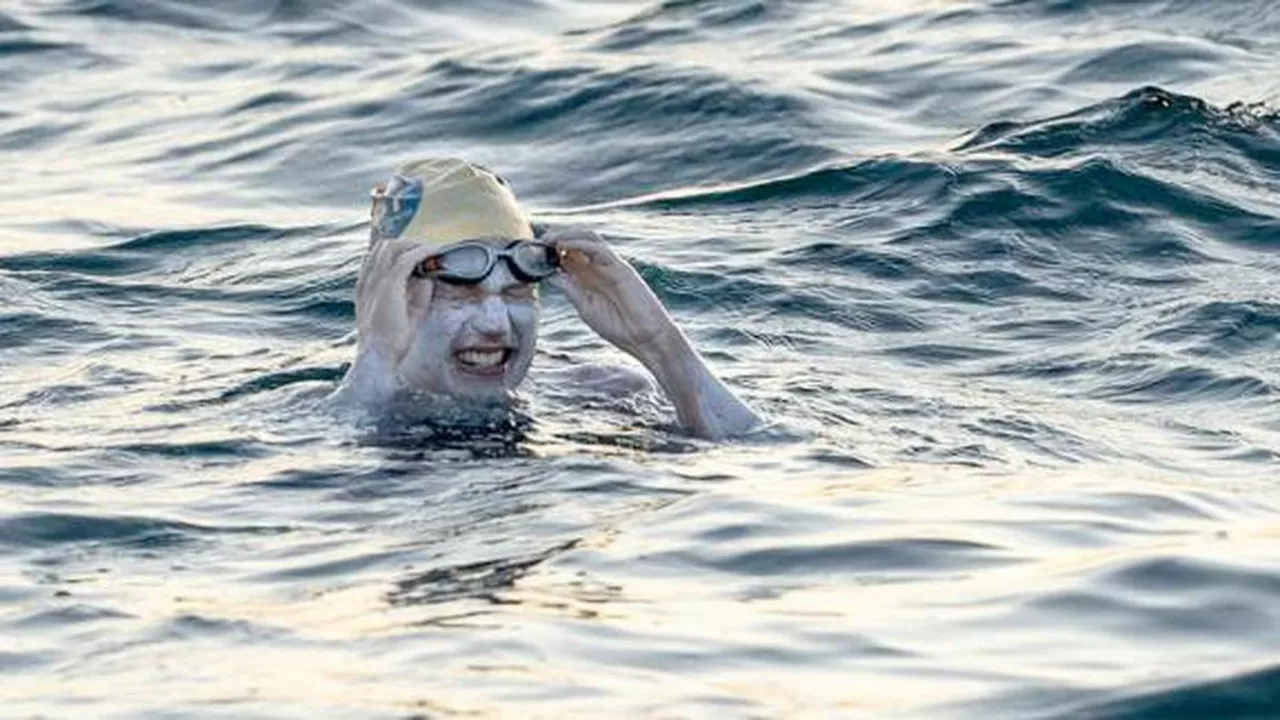May 2023 Swimming Insights – Exercise Benefits and Channel Challenge
Welcome! In May we posted two pieces that many readers asked for. One looks at why swimming could be the best workout around, the other shares a first‑hand account of swimming the English Channel. Both give you clear reasons to get in the water and tips you can use right away.
Why Swimming Beats Other Workouts
First, swimming works the whole body. When you pull, kick, and breathe you fire up arms, legs, core and back all at once. That means you burn calories fast without needing heavy weights. The low‑impact nature also protects joints, so it’s friendly for anyone with knee or back trouble. You can keep moving even if you’re recovering from an injury because the water supports you.
Second, stamina builds quickly. A steady lap forces your heart to pump harder, which improves cardio health. After a few weeks you’ll notice you can walk up stairs without getting winded. Flexibility gets a boost too; the stretch of each stroke keeps muscles loose, and a regular routine can straighten posture.
Third, swimming is easy to scale. Want a light workout? Do a few easy laps. Need an intense session? Try interval sets or add a pull buoy. You can track progress with a simple watch or the pool’s lap counter. No fancy equipment, just a swimsuit and a pool.
Finally, the mental side helps a lot. The rhythm of breathing and the sound of water can calm the mind. Many swimmers say they feel less stress after a session. Put it all together and you have a full‑body, joint‑friendly, mood‑lifting routine that fits most schedules.
Crossing the English Channel: A Real Story
Our second post dives into a swimmer’s experience crossing the English Channel. The writer describes cold water that feels like a shock at first, and strong currents that push you off course. Yet, the goal stays clear: keep moving, stay warm, and focus on each stroke.
Preparation mattered most. The swimmer trained in open water for months, practicing sighting landmarks and feeding while swimming. During the actual crossing, a support boat gave timed drinks of warm liquid and energy gels. The writer mentions a simple technique – pulling the elbows high – that saved energy when the water got choppy.
Mentally, the biggest hurdle was the endless horizon. Breaking the distance into short checkpoints, like “reach the next buoy,” kept the mind from wandering. The swimmer also used a mantra to stay positive during the toughest parts. When the finish line appeared, the surge of relief and pride was instant.
If you ever think about a big swim, take notes: train in similar temperature water, practice feeding without stopping, and plan mental milestones. Even if you never attempt the Channel, those habits improve any long‑distance swim.
Both articles show why water training works and how real‑life stories can guide your own goals. Whether you’re chasing a stronger body, a healthier heart, or a big adventure, May’s posts give you clear steps to start today.

